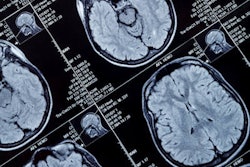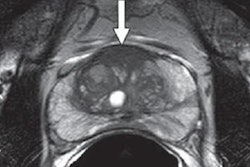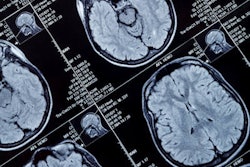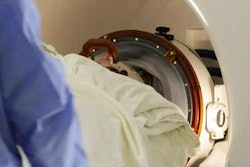
An MRI-guided therapy for patients with epilepsy who are resistant to drug treatment has shown that it can extend quality of life. But the technique also comes at a greater cost than surgery, according to a study published online November 20 in PLOS One.
Canadian researchers performed a cost-benefit analysis to weigh the clinical and financial outcomes for MRI-guided laser interstitial thermal therapy (MRgLITT), a new minimally invasive treatment for temporal lobe epilepsy, against traditional surgery. While the therapy extended the quality of life for these patients, the approach was more expensive, primarily due to equipment-related costs.
"This early economic evaluation suggests that MRgLITT resulted in more quality-adjusted life years (QALYs) gained and higher costs compared to surgery in the base case," wrote the authors, led by Dr. Elysa Widjaja, an associate professor of medical imaging at the University of Toronto. "However, the model was sensitive to variations in the cost of MRgLITT-disposable equipment," which increased the cost of MRgLITT.
Temporal lobe epilepsy is the most common form of partial epilepsy. Unfortunately, many patients with this condition do not respond favorably to drug treatment. As a result, they have a greater chance of morbidity and sudden death, a poor quality of life, and require more healthcare resources.
One promising alternative to surgery is MRI-guided laser interstitial thermal therapy, which utilizes MRI guidance and advanced laser ablation to make small holes in the skull to deliver treatment. While recent studies have detailed shorter recovery times and hospital stays compared with surgery, data are lacking on MRgLITT's cost-effectiveness and if it improves one's quality of life and survival.
To explore these issues, Widjaja and colleagues developed a microsimulation model that included a hypothetical cohort of adults (average age, 35.8 ± 1.2 years) from previous studies of patients with temporal lobe epilepsy who underwent surgery or MRgLITT. The researchers tracked whether these subjects remained seizure-free one year after their operation or if their seizures returned within five years of surgery or after five years. They also tracked the severity of recurrent seizures.
Additionally, the researchers performed a series of cost-utility analyses to determine expected life years; quality-adjusted life years, which measure the quality of life and survival after treatment; healthcare costs; and expenses for longer hospital stays due to complications. Fees for a surgeon, assistant, and anesthesia also were in the cost calculations, along with an estimated capital cost of MRgLITT equipment (approximately $326,000 U.S.) and a yearly equipment service plan (approximately $47,000 U.S.) from the manufacturer.
The analyses found that expected life years following MRgLITT were essentially identical to surgery (26.44 life years). Expected QALYs with MRgLITT were 0.08 years longer than surgery, but it also came at a greater cost compared with surgery, even though MRgLITT shortened a patient's hospitalization.
| MRgLITT vs. surgery for temporal lobe epilepsy patients | |||
| Expected life years | Expected QALYs | Cost (U.S.) | |
| MRgLITT | 26.43 years | 24.70 years | $124,000 |
| Surgery | 26.44 years | 24.62 years | $118,000 |
| Difference | 0.01 years | 0.08 years | $6,000 |
"The high capital, equipment service, and disposable equipment costs of MRgLITT, in conjunction with the greater probability of subsequent treatment in the MRgLITT strategy, could have accounted for the higher cost of MRgLITT strategy," the authors wrote.
Widjaja and colleagues suggested that a follow-up randomized controlled trial is necessary to further explore the effectiveness of MRgLITT compared with surgery for epilepsy patients and provide "updated health economic evaluation in the future and support reimbursement decisions" for MRgLITT.



















